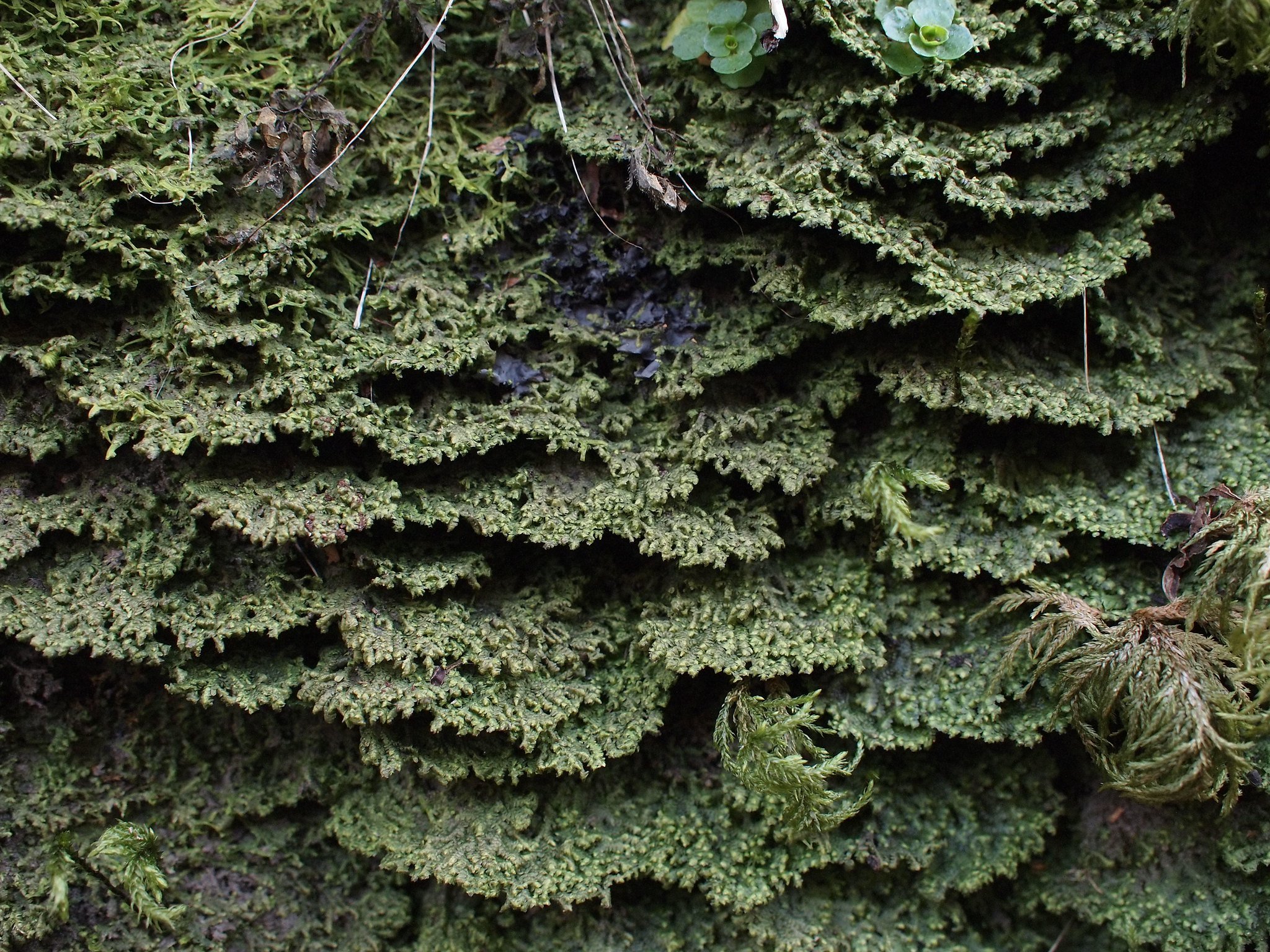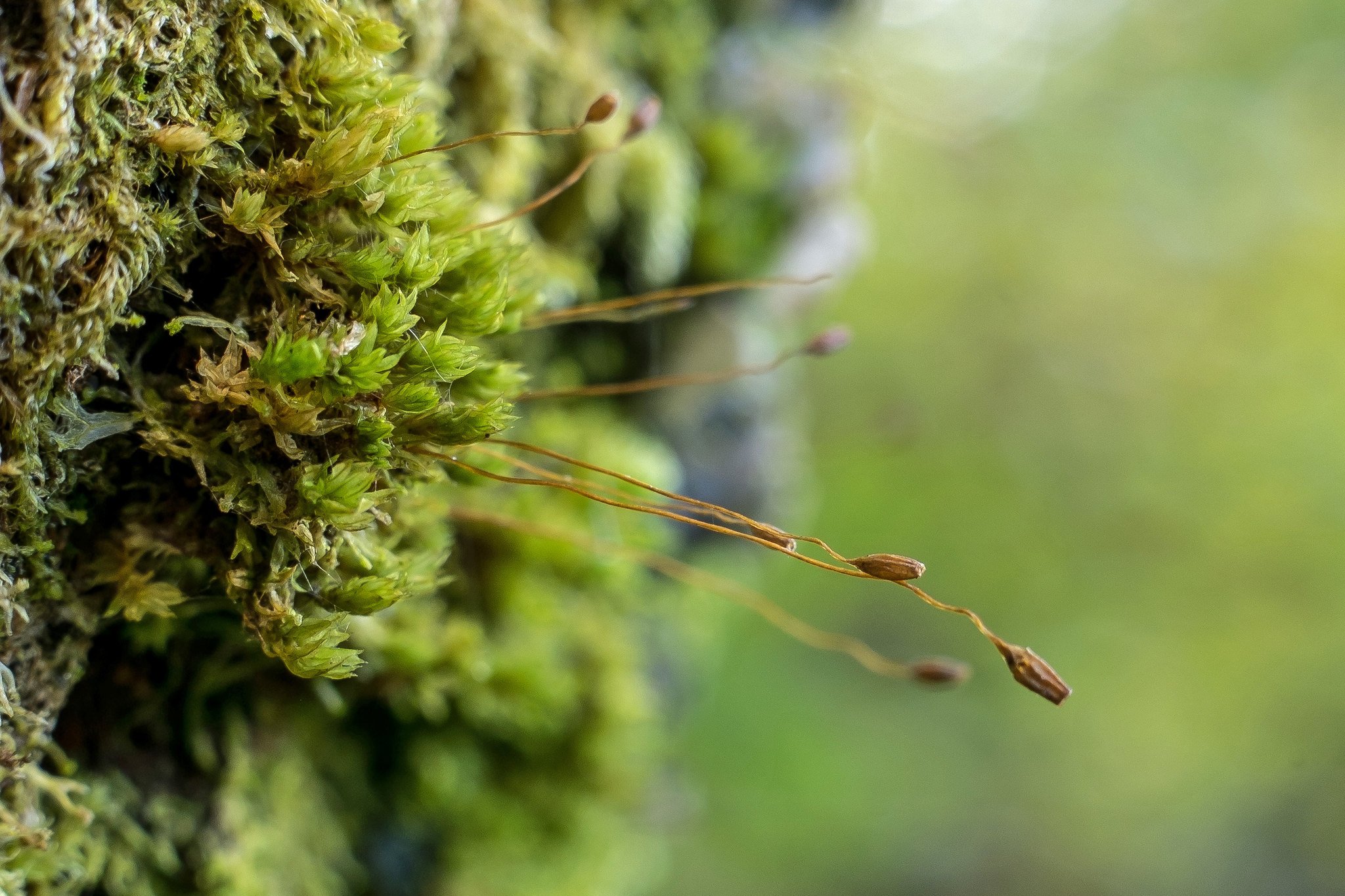Bryophytes: back to basics
Scotland’s rainforest is internationally important for bryophytes. But what are these simple plants, and what makes the wet woods of the west so perfect for them? Consultant botanist Gordon Rothero explains…
One of the defining features of temperate rainforest is the abundance of bryophytes. Much of the ‘elfin’ appeal of these special places is the thick, green carpet covering trees and rocks, softening footfall and sounds and, if you free your imagination, creating an older-worldly, other-worldly atmosphere. But coming down from these fanciful flights, there remains the question: what are bryophytes?
‘Bryophyte’ is an umbrella term for three groups of plants: mosses, liverworts and hornworts. These all arrived to make a living on land some 400 million years ago making them the oldest group of land plants and very much older than flowering plants.
They are not particularly closely related but we study them together because they often share size, habitat and ecology. They are a hugely successful group of plants, having evolved to thrive in conditions ranging from Arctic fens to desert rocks, from urban streets to tropical cloud forest and, of course, in our woodlands.
Bryophytes found in Scotland’s rainforest: Hutchins’ hollywort (Gordon Rothero) and lesser yoke moss (Stan Phillips)
The global figure for the number of bryophyte species is still the subject of some debate – often because of a confusion over names – and is made even more fuzzy by current molecular work. But the consensus seems to be that there are between 20,000 and 25,000 species globally.
In the UK we can be more precise. According to the recent census catalogue compiled by the British Bryological Society, there are 1098 species of bryophyte in the UK and of these, about 1000 occur in Scotland.
To put this into some kind of context, it means that Scotland has between 4 and 5% of the global bryophyte flora, which is an absolutely extraordinary figure for such a small country.
Of this remarkable bryophyte flora, the many species that occur in our temperate rainforests are of particular importance. A number are very rare in Europe and in several others, we have the bulk of the global population and for these we have an international responsibility.




